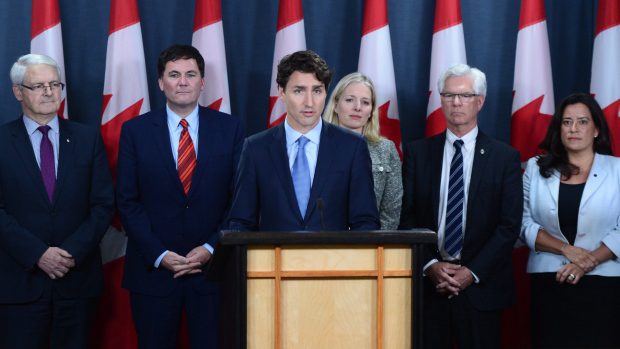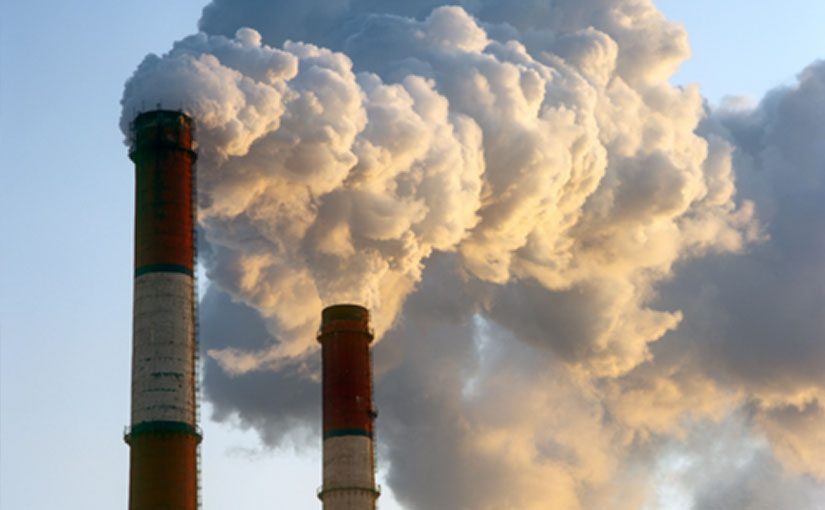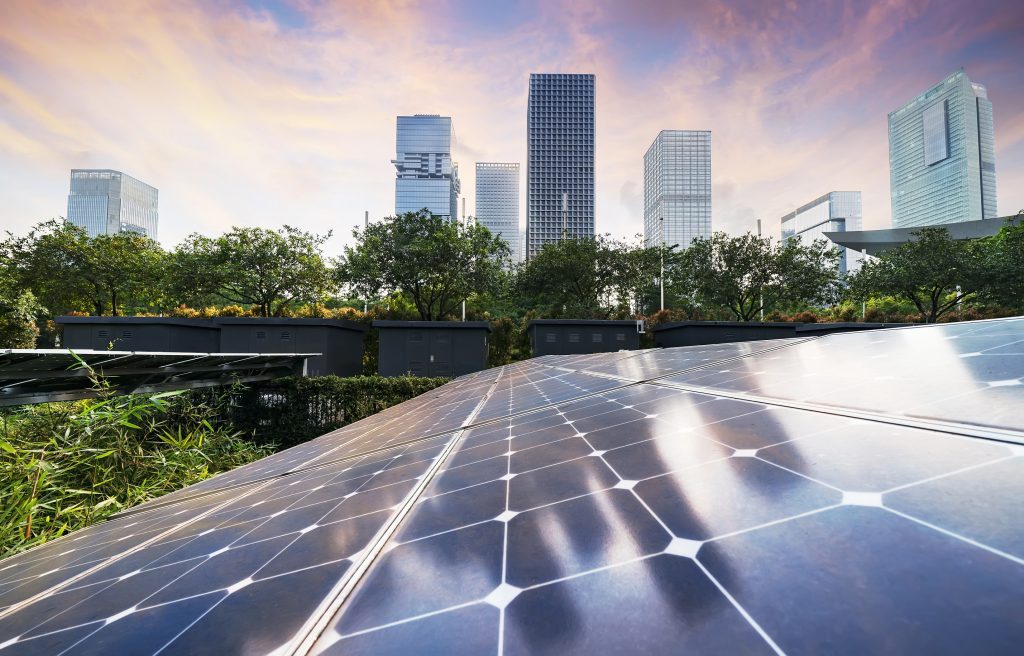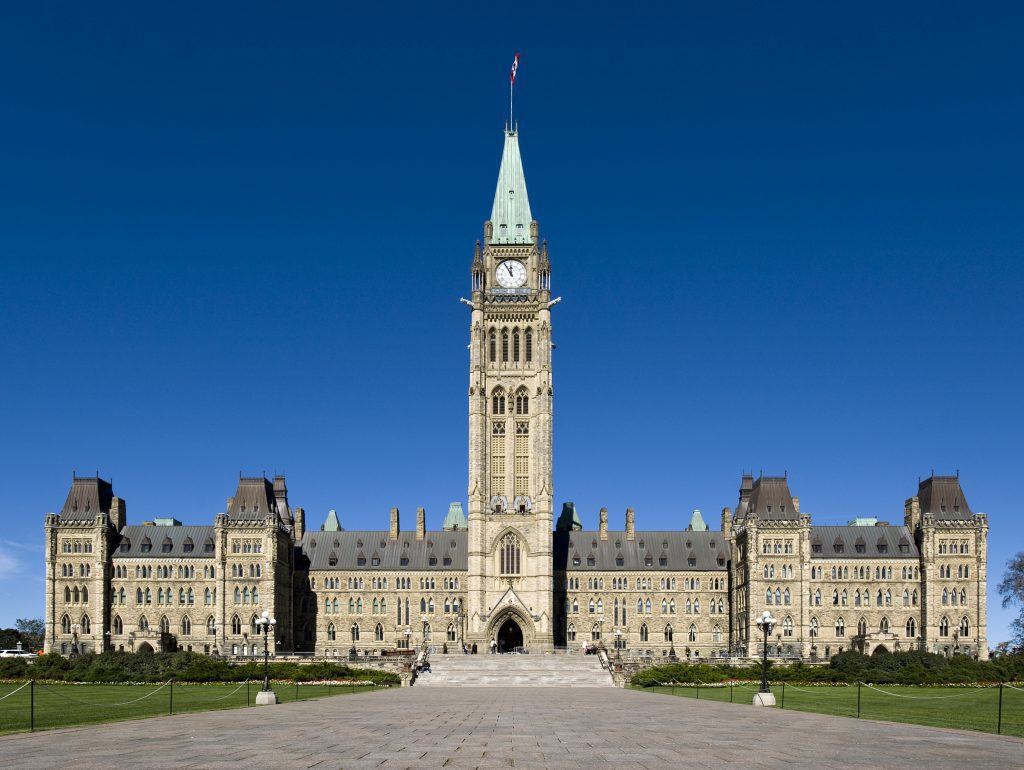On Tuesday the federal government delivered bittersweet news. It cancelled the Northern Gateway pipeline and announced a ban on oil tankers off the North Coast of B.C., but approved two massive tar sands export pipelines, Enbridge Line 3 and Kinder Morgan.


The final nail in the coffin of Northern Gateway is good news, of course. It vindicates communities, First Nations, and Canadians who spoke out against this risky pipeline. The federal government’s commitment to ban oil tankers off northern B.C. should put an end to any attempts to pipe oil from the tar sands across northern B.C.
But cancelling Northern Gateway cannot justify adding the 1.15 million barrels per day of pipeline capacity that Line 3 and Kinder Morgan enables. Prime Minister Trudeau and his cabinet still need to explain how these pipelines can fit within a credible climate change framework—and we’re not so sure they can.
The federal government has taken on two liabilities by approving Line 3 and Kinder Morgan. Together, these approvals facilitate crude production growth that approaches or exceeds Alberta’s 100 megatonnes (MT) cap on tar sands emissions. They create herculean challenges for Canada to reduce carbon pollution in line with its Paris climate commitments.
According to Environment and Climate Change Canada’s own numbers, Line 3 and Kinder Morgan will result in an additional 23 to 28 MT of carbon pollution from the tar sands each year. That’s like putting almost six million more cars on Canada’s roads! And that’s only the emissions from the extraction and production of the oil. If we include the emissions from actually burning that oil, then the carbon pollution is 80 to 90 per cent higher.
To put this into perspective, to offset the upstream carbon pollution from Line 3 and Kinder Morgan, the combined economies of Manitoba and Prince Edward Island would need to be completely decarbonized. Alternatively, all industrial carbon pollution in Ontario would need to be cut in half. These two pipelines nearly wipe out the emissions reductions from the federal Clean Fuel Standard announced last week.
This is especially disheartening as the federal government works on a pan-Canadian climate change framework to achieve Canada’s carbon reductions goals. If the government is serious about limiting warming to 1.5 degrees Celsius as promised in Paris, locking in high-carbon fossil fuel infrastructure is the wrong move.
The federal government needs to show Canadians the math. It needs to explain how new pipelines fit within a coherent national climate change framework. It needs to explain why it’s supporting new fossil fuel infrastructure – even though it plans to decarbonize Canada’s economy by 80 per cent by 2050. The government needs to respect Alberta’s cap on tar sands emissions and enshrine the cap into the pan-Canadian framework by legally requiring that cumulative pipeline capacity and production cannot exceed the promised 100 MT emissions cap.
Let’s not forget the long list of unaddressed problems with the approval of these pipelines— the legitimate concerns about First Nations consultation for energy projects, a seven-fold increase in oil tankers in Vancouver’s harbour, serious flaws in the National Energy Board’s pipeline review process, and spill risks to our communities, land, water and wildlife.
The federal government promised to respect First Nations rights and title, it promised to fix the broken pipeline review process, and it committed to fighting climate change. After this week’s developments, we will hold the government to account on these promises more than ever.
Our fight against risky tar sands pipelines continues. We will redouble our efforts to stop Energy East and fix the broken and discredited NEB. I hope you will stand with us.






